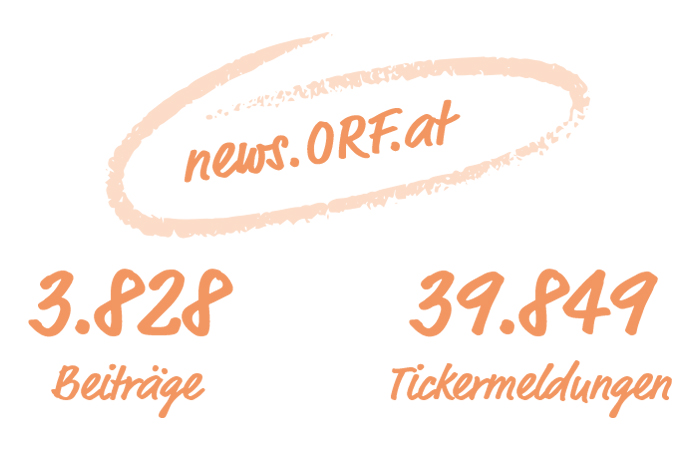Back to overview
Günter Hack, Editor ORF.at
#13 How do you turn bits and bytes into understandable information?
Major systemic challenges such as climate catastrophe or coronavirus pandemic require the use of new tools in journalism. In order to be able to comprehensively present the situation in the pandemic, for example, ORF.at had to create its own collection of interactive infographics in a very short time, which could also be embedded in the current reporting in a modular way. The data supplied by public agencies such as AGES or the Ministry of Health had to be checked for structural integrity during import and placed in a meaningful context for journalistic purposes.

For example, the ORF.at data team developed the "EpiDiff" concept, a visualization that shows how the numbers of laboratory-confirmed cases, recovered cases and deceased cases in the federal Epidemiological Reporting System (EMS) are corrected on a daily basis. This made it easy for the readership to understand this important part of the process of developing a guideline parameter such as the 7-day incidence or the Effective Reproductive Number, R(eff). In the back-end, the distributed editorial staff of ORF.at was informed several times a day with automated statistical reports about the situation in Austria and worldwide. The reproduction figure and a ten-day forecast were also calculated daily to supplement the mere epidemic figures in order to better assess the current development of the pandemic.

To understand the climate crisis, knowledge about the processing of geodata, for example from the EU Copernicus program, is essential. ORF.at has created a working environment for visualizing this information, which can be used to tap into this treasure trove of data. Within the framework of the EU geodata initiative INSPIRE, new data sets on environmentally relevant topics such as land use, weather or crisis management are continuously being published. This information can be the starting point for journalistic projects, illustrate their results or invite users to conduct their own research.





